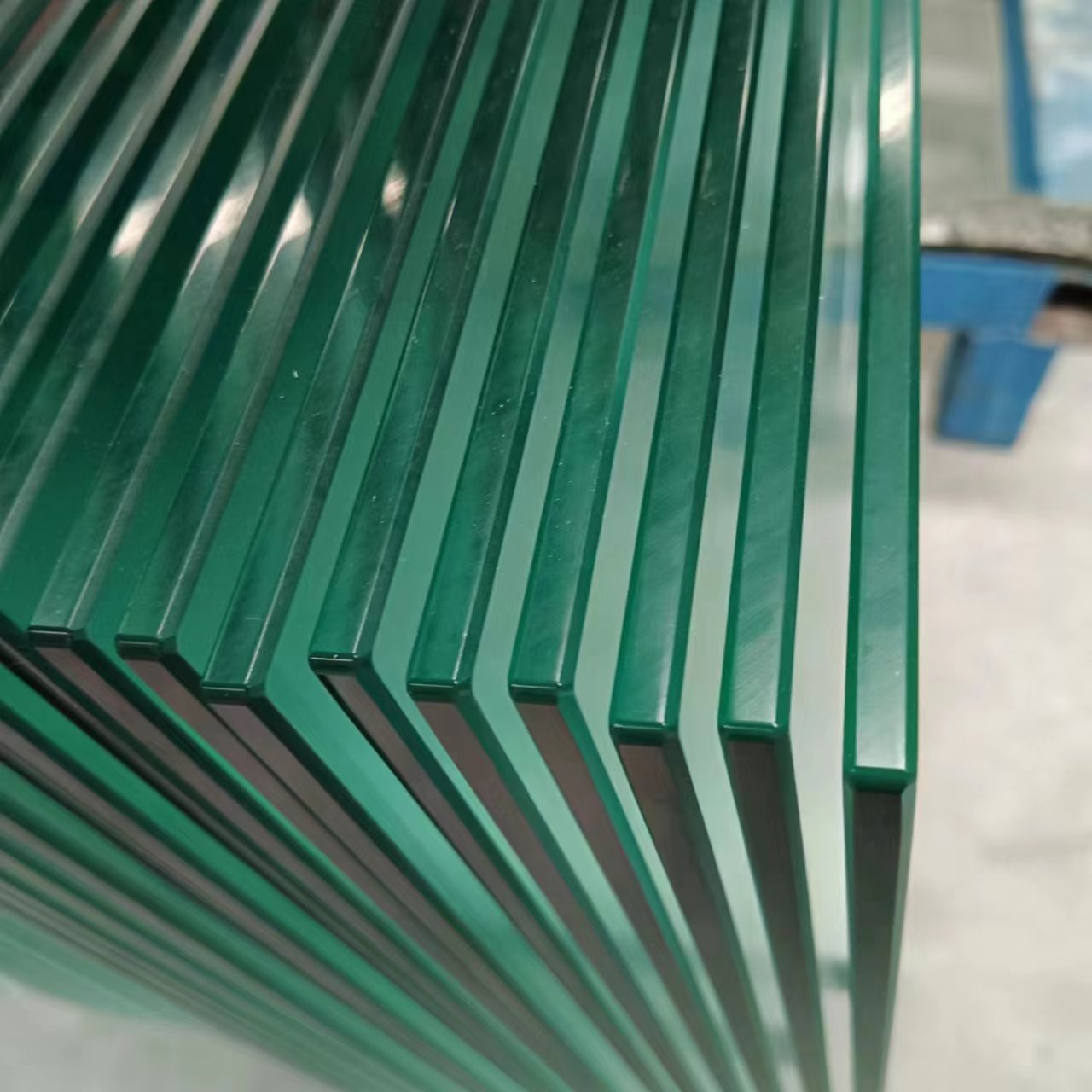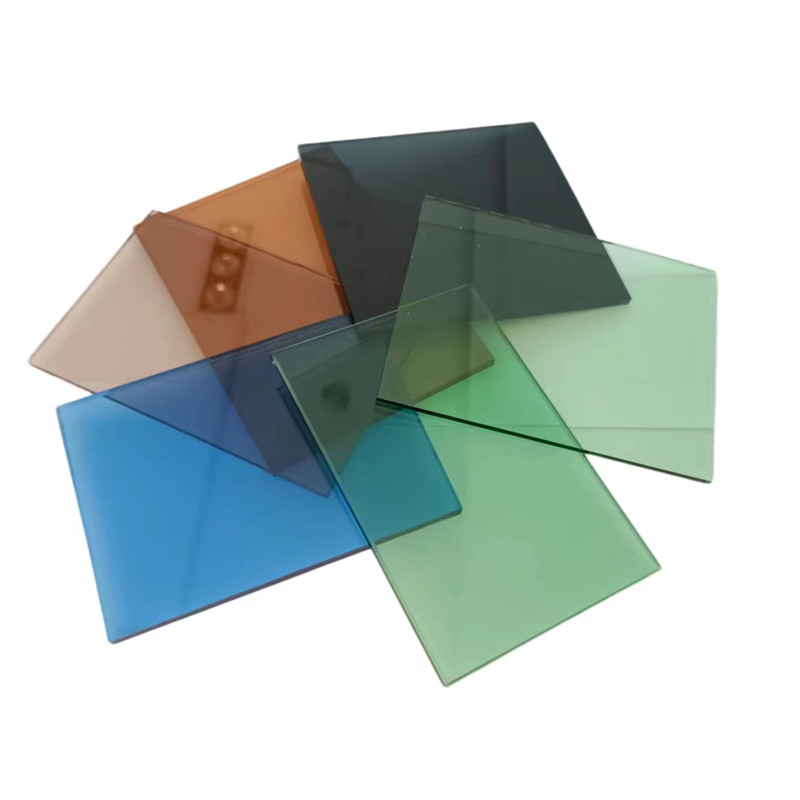reflective glass,Building glass,window glass,blue glass, Chinese glass
Introducing Coated Glass: Enhancing Optical Properties for Specific Needs
Coated glass, also known as reflective glass, is a cutting-edge technological marvel that revolutionizes the optical properties of glass to meet diverse requirements. By applying one or multiple layers of metal, alloy, or metal compound films to the glass surface, coated glass offers a range of benefits and functionalities that traditional glass could never achieve.
Coated glass can be classified into different categories based on its unique characteristics. Solar control coated glass, low-emissivity coated glass (commonly referred to as Low-E glass), and conductive film glass are the major classifications available to fulfill various needs.
Solar control coated glass provides an optimal solution to managing sunlight with wavelengths ranging between 350 and 1800nm. These glasses are coated with one or more thin layers of metals such as chromium, titanium, stainless steel, or their compounds. This coating not only enriches the visual aesthetics of the glass but also ensures the appropriate transmittance of visible light, while displaying high reflectivity for infrared rays. Moreover, solar control coated glass effectively absorbs harmful ultraviolet rays, ensuring enhanced protection. Compared to regular glass, the shading coefficient of solar control coated glass is significantly reduced, improving its shading performance, without altering the heat transfer coefficient. Consequently, it is often referred to as heat reflective glass, making it the preferred choice for various architectural applications and glass curtain walls. The diverse range of surface coatings available for heat reflective coated glass imparts a multitude of colors such as gray, silver gray, blue gray, brown, gold, yellow, blue, green, blue green, pure gold, purple, rose red, or neutral shades.
Low-emissivity coated glass, also known as Low-E glass, is another fascinating category that offers high reflectance to far infrared rays, specifically within the wavelength range of 4.5 to 25pm. Low-E glass features a film system composed of multiple layers of silver, copper, tin, or other metals, or their compounds, expertly applied onto the glass surface. This results in exceptional transmittance of visible light combined with high reflectivity for infrared rays. The thermal properties of Low-E glass are unparalleled, making it an excellent choice for architectural doors and windows. By effectively controlling heat transfer, this glass not only enhances energy efficiency but also ensures a comfortable indoor climate.
Conductive film glass, another category within coated glass, opens up a world of possibilities for sophisticated technologies. Its exceptional conductivity derives from specific metal layers, such as indium tin oxide (ITO), expertly deposited on the glass surface. Conductive film glass finds extensive use in various electronic devices, including touch screens, LCD panels, and solar panels, due to its ability to facilitate transparent and efficient conductivity.
In conclusion, coated glass is a game-changer in the world of optoelectronics and architecture. It offers unrivaled optical properties and functionalities essential for different applications. From solar control coated glass, heat reflective with a wide range of colors, to low-emissivity coated glass with its superior thermal properties, and conductive film glass enabling advanced technological solutions, coated glass is a testament to human ingenuity and progress. Incorporating coated glass into your products or projects will undoubtedly elevate them to the next level of excellence. Welcome to the future of glass technology.
Products categories
-

Phone
-

E-mail
-

Whatsapp
Whatsapp


-

Top



















